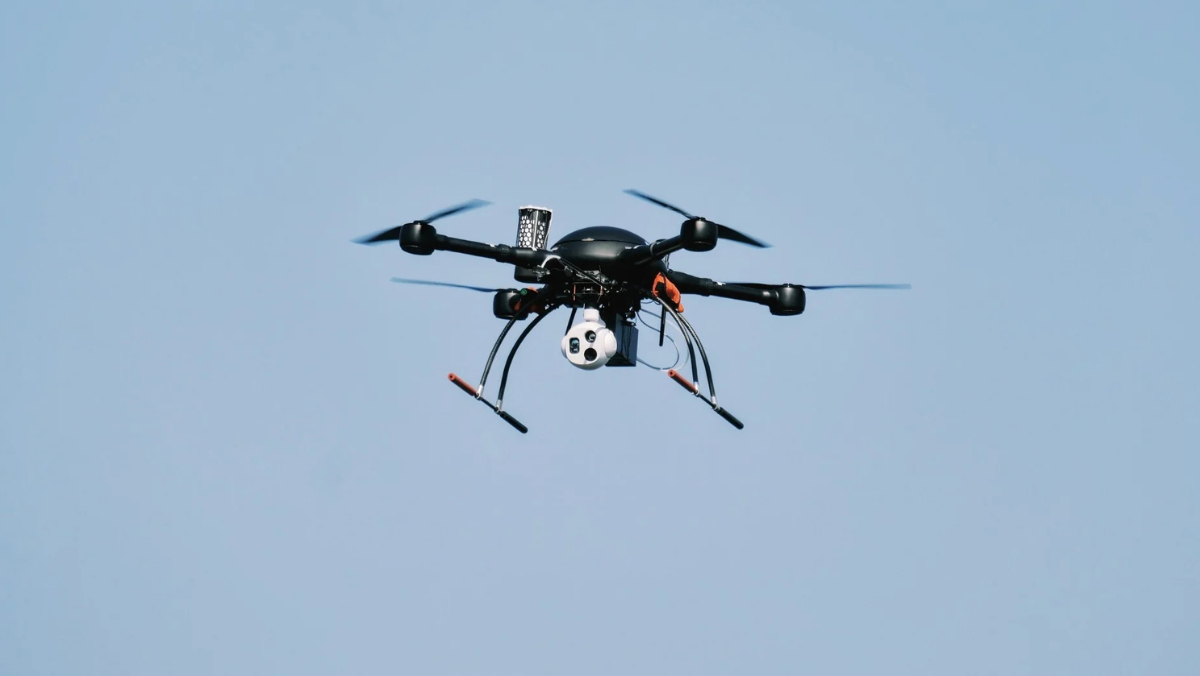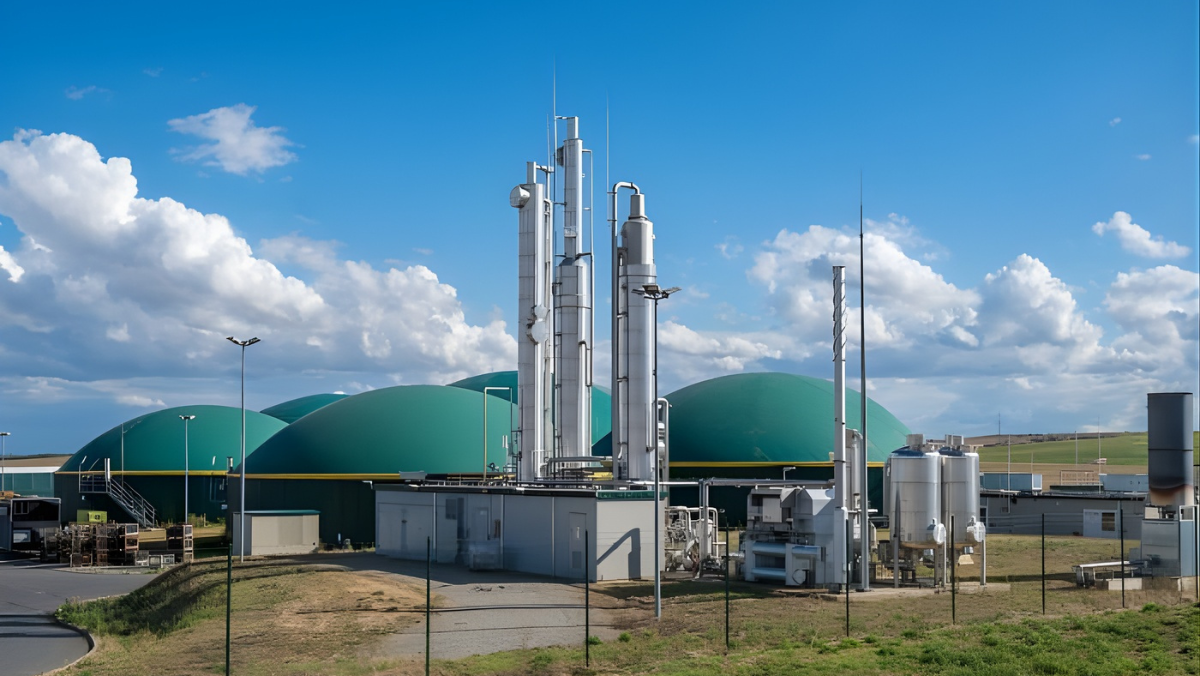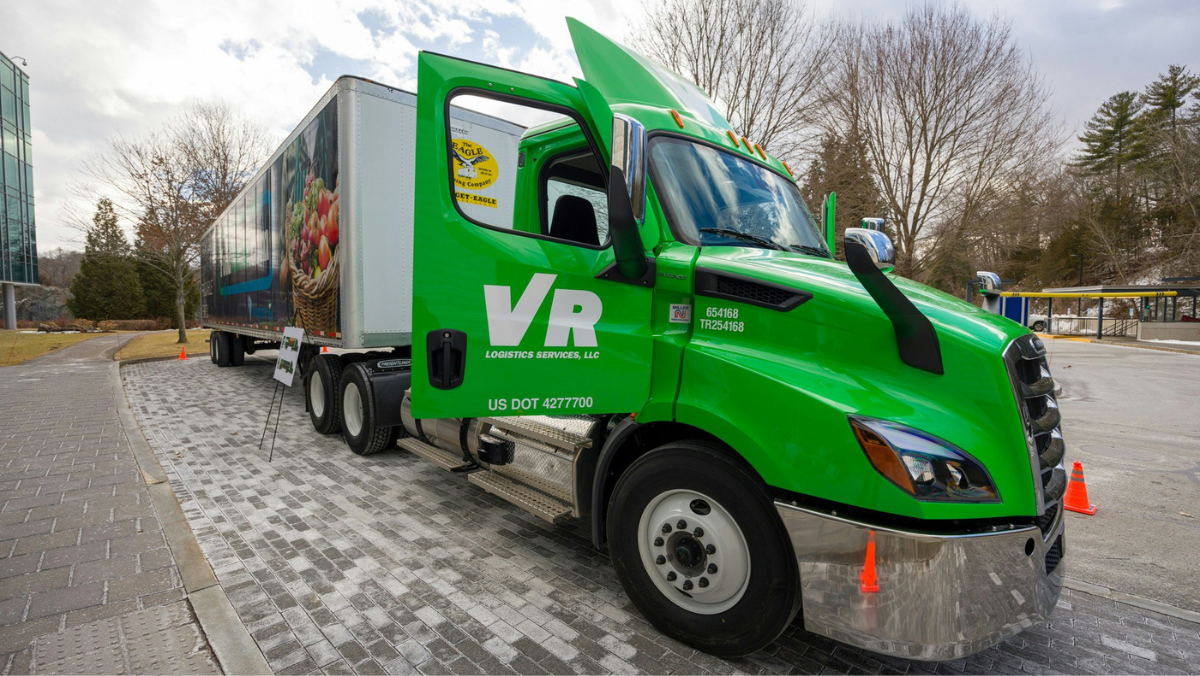TECHNOLOGY
Methane Leaks No More: AI Satellites Spot and Profit
AI satellites are helping U.S. biogas plants capture leaks, boost output, and prove their green credentials
15 Oct 2025

A new generation of satellites powered by artificial intelligence is transforming how U.S. biogas and landfill operators detect and manage methane emissions, converting what was once a costly liability into a potential source of revenue.
GHGSat, a Canada-based emissions monitoring firm, is expanding its AI-enhanced satellite network across the U.S., combining orbital data with ground-based analytics to locate leaks with high precision. Its imaging technology identifies methane plumes using spectroscopic sensors and filters out atmospheric interference, producing detailed maps of emission points. Facilities adopting this multilayered system, blending satellite scans, ground sensors, and aerial surveys, have reported gas recovery gains of up to 15 per cent, according to Waste Today (July 2025).
The push comes amid record growth for the U.S. biogas sector. The American Biogas Council recorded more than $3bn in new investment across 125 projects in 2024. Yet satellite data from GHGSat and Europe’s TROPOMI programme suggest that many U.S. landfills release two to six times more methane than official figures indicate, according to Waste Dive (March 2025) and the European Space Agency.
For operators, the implications are clear: methane is no longer invisible. Satellite-based alerts allow engineers to detect and repair leaks more rapidly, improving regulatory compliance and increasing the volume of renewable gas captured for sale. Each avoided leak also strengthens environmental, social and governance (ESG) performance and can raise credit valuations tied to emissions metrics.
However, challenges persist. Satellite coverage is not continuous, cloud conditions can obscure readings, and subscription fees may deter smaller operators. Regulators have yet to fully recognise satellite data as official compliance evidence, meaning ground verification remains necessary.
Even so, industry analysts expect AI-powered satellite monitoring to become a standard tool as costs decline and accuracy improves. For biogas producers, the technology promises a measurable path toward higher efficiency and accountability, and a future in which every molecule of methane represents both an environmental duty and a financial opportunity.
Latest News
4 Dec 2025
A Tougher Test for Biogas Power Under Section 48E20 Nov 2025
Biogas Braces for a Breakout17 Nov 2025
Feedstock fever in America’s gas market13 Nov 2025
RNG Rush Heats Up as Energy Giants Strike New Deals
Related News

REGULATORY
4 Dec 2025
A Tougher Test for Biogas Power Under Section 48E

REGULATORY
20 Nov 2025
Biogas Braces for a Breakout

INVESTMENT
17 Nov 2025
Feedstock fever in America’s gas market
SUBSCRIBE FOR UPDATES
By submitting, you agree to receive email communications from the event organizers, including upcoming promotions and discounted tickets, news, and access to related events.